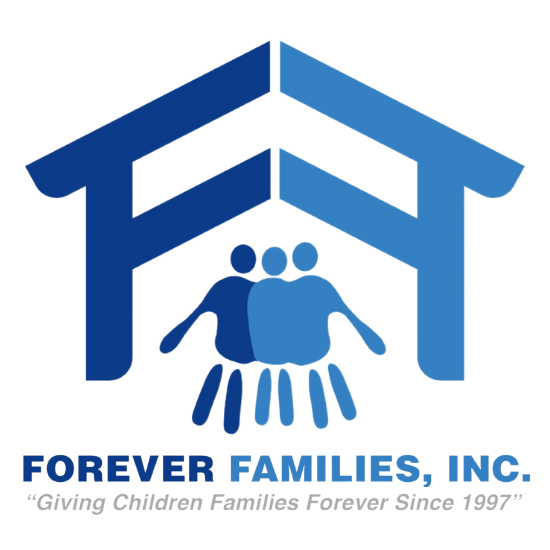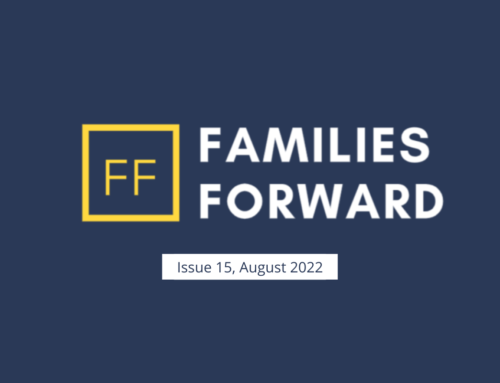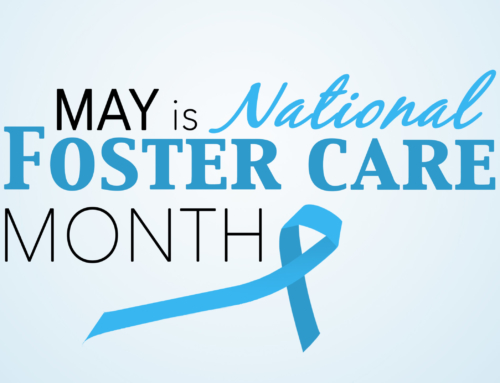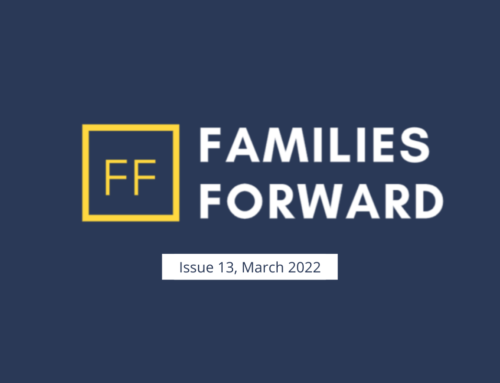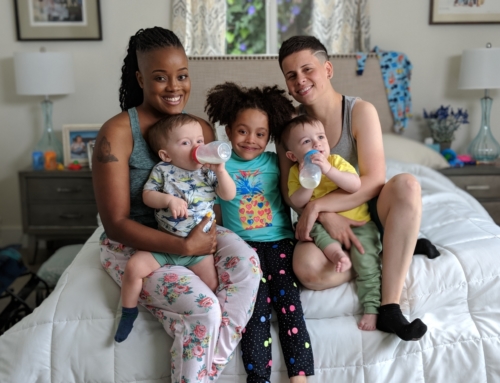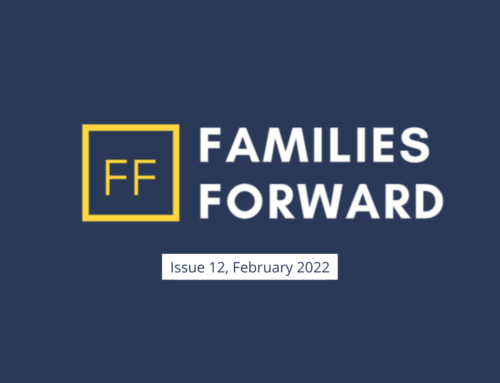Written by Amanda Kemp
Over years of research, it is well known that Reactive Attachment Disorder, or RAD, is often diagnosed in children who have experienced abuse and neglect. The mayo clinic defines RAD as a condition in which an infant or young child does not establish healthy attachments with parents or caregivers. RAD may develop if the child’s basic needs for comfort, affection, and nurturing are not met and loving, caring, stable attachments with others are not established. Some symptoms may include unexplained fear, sadness, or irritability; not seeking comfort or showing no response when comfort is given; failure to smile; watching others closely but not engaging in social interaction; failing to ask for support or assistance; failure to reach out when picked up; no interest in playing interactive games.
In an article called “Reactive Attachment Disorder in Maltreated Toddlers,” it states “attachment disorders are described as involving a persistent disturbance in the child’s social relatedness that begins before age 5 and that extends across social situations.” The study discussed in this article showed that RAD was reliably identified in maltreated children. Treatment often includes counseling, parent education, learning positive interactions, and most importantly creating a stable and nurturing environment. It is also known that the risk of developing RAD increases in children who live in a children’s home or institution; frequently change foster homes or caregivers; have parents with severe mental health problems, criminal behavior, or substance abuse that impairs their parenting; or have prolonged separation from parents or other caregivers.
This theory is further supported by another article “Report of the APSAC Task Force on Attachment Therapy, Reactive Attachment Disorder, and Attachment Problems.” In this article, it explains that there are two different types of RAD- the first is when a child attempts to receive comfort and affection from anyone including strangers or abusive adults; the second is when a child is extremely reluctant to initiate or accept comfort and affection, even from familiar adults. As there are other disorders that share many of the same symptoms (i.e. autism spectrum disorders, developmental disorders, child schizophrenia, genetic syndromes, etc.), RAD is difficult to diagnose and is often misdiagnosed.
This article makes recommendations for treatment of attachment disorders. It starts with ensuring that a child is raised in a stable, safe, and predictable home environment with parental sensitivity and responsiveness to the child’s needs. It has also found to be effective for families to utilize short term interventions with clearly established goals, as longer term interventions sometimes produced negative effects. There are also some controversial methods addressed in the article designed to encourage regression and regain control.
Overall, it is important to note that your foster child may experience symptoms of attachment disorder. If this is the case, it is important to have the child evaluated and a professional can help develop the best plan of treatment. Typically, with enough dedication and patience, the caregivers are able to mitigate symptoms by providing a loving and stable home where the child will experience consistency and build attachments with his or her caregivers. If you would like additional information about attachment disorders, please see the resources below. If you have questions or concerns regarding a child in your care, please contact your worker.
Resources
https://citeseerx.ist.psu.edu/viewdoc/download?doi=10.1.1.658.7661&rep=rep1&type=pdf
